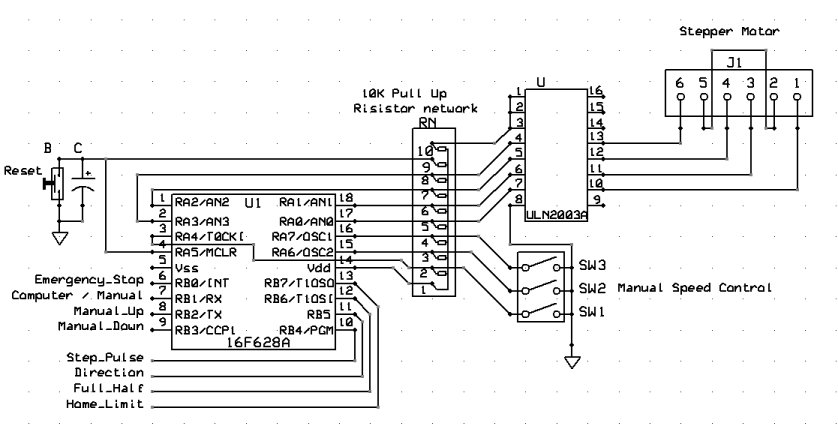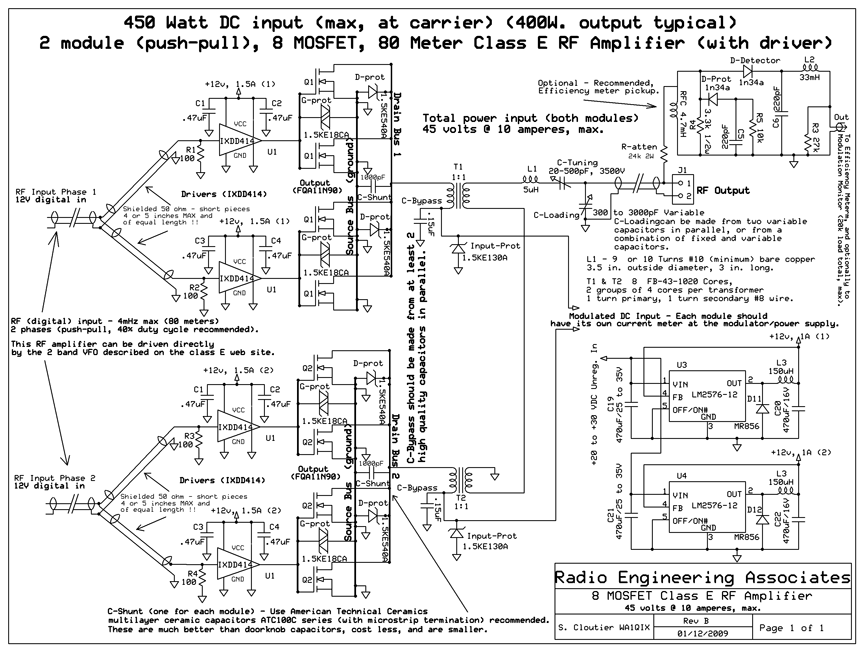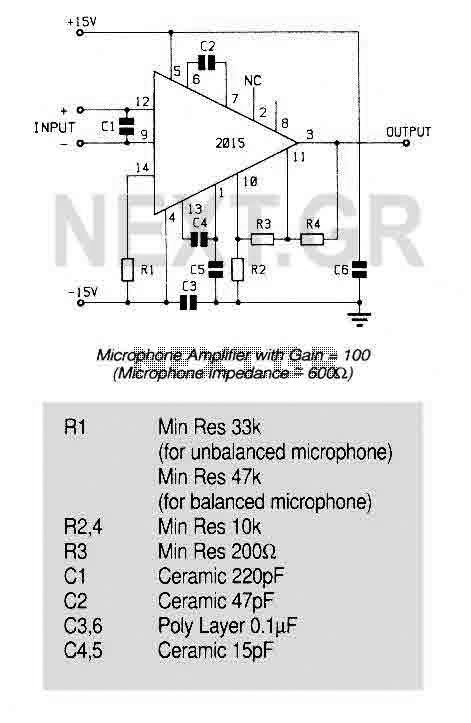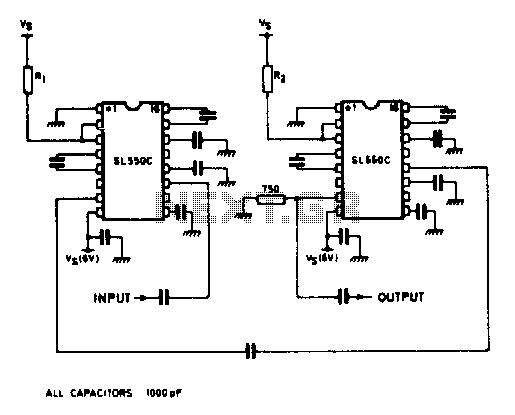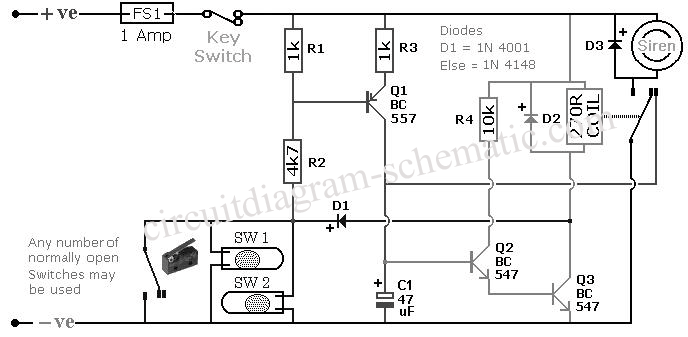
Servo motor amplifier
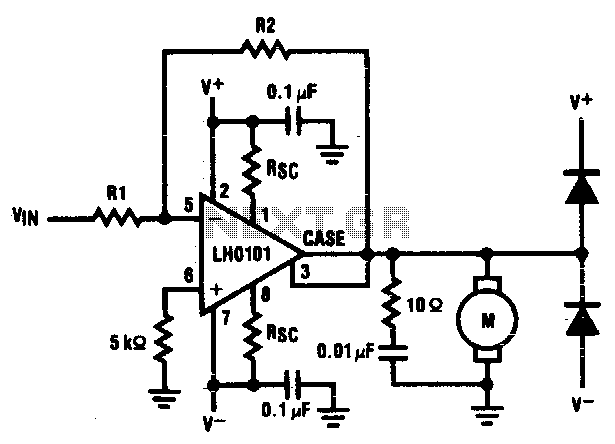
The motor driver amplifier is designed to deliver the rated current to the motor. It is important to manage power dissipation to remain within allowable limits. This precision speed regulation circuit utilizes rate feedback to maintain a constant motor current at a specified input voltage.
The motor driver amplifier functions as a critical component in controlling the operation of electric motors. It is engineered to provide the necessary current to the motor while ensuring that the power dissipation does not exceed specified thresholds, which could lead to overheating and potential damage to the circuit.
The precision speed regulation circuit integrates a feedback mechanism that continuously monitors the motor's performance. By employing rate feedback, the circuit can adjust the output to maintain a steady current, regardless of variations in load or input voltage. This ensures that the motor operates efficiently and at the desired speed, which is particularly important in applications requiring precise control.
In practical applications, the motor driver amplifier may include features such as thermal protection, current limiting, and over-voltage protection to enhance reliability. The design typically involves a combination of operational amplifiers, transistors, and passive components configured to achieve the desired performance metrics. The feedback loop is crucial, as it allows the circuit to dynamically respond to changes in motor load, thereby optimizing energy usage and extending the lifespan of the motor.
Overall, the effective integration of these components and feedback mechanisms results in a robust motor control solution capable of delivering consistent performance in a variety of applications.Motor driver amplifier will deliver the rated current into the motor. Care should be taken to keep power dissipation within the permitted level This precision speed regulation circuit employs rate feedback for constant motor current at a given input voltage. 🔗 External reference
The motor driver amplifier functions as a critical component in controlling the operation of electric motors. It is engineered to provide the necessary current to the motor while ensuring that the power dissipation does not exceed specified thresholds, which could lead to overheating and potential damage to the circuit.
The precision speed regulation circuit integrates a feedback mechanism that continuously monitors the motor's performance. By employing rate feedback, the circuit can adjust the output to maintain a steady current, regardless of variations in load or input voltage. This ensures that the motor operates efficiently and at the desired speed, which is particularly important in applications requiring precise control.
In practical applications, the motor driver amplifier may include features such as thermal protection, current limiting, and over-voltage protection to enhance reliability. The design typically involves a combination of operational amplifiers, transistors, and passive components configured to achieve the desired performance metrics. The feedback loop is crucial, as it allows the circuit to dynamically respond to changes in motor load, thereby optimizing energy usage and extending the lifespan of the motor.
Overall, the effective integration of these components and feedback mechanisms results in a robust motor control solution capable of delivering consistent performance in a variety of applications.Motor driver amplifier will deliver the rated current into the motor. Care should be taken to keep power dissipation within the permitted level This precision speed regulation circuit employs rate feedback for constant motor current at a given input voltage. 🔗 External reference
Warning: include(partials/cookie-banner.php): Failed to open stream: Permission denied in /var/www/html/nextgr/view-circuit.php on line 713
Warning: include(): Failed opening 'partials/cookie-banner.php' for inclusion (include_path='.:/usr/share/php') in /var/www/html/nextgr/view-circuit.php on line 713
